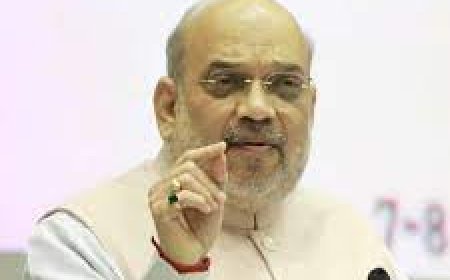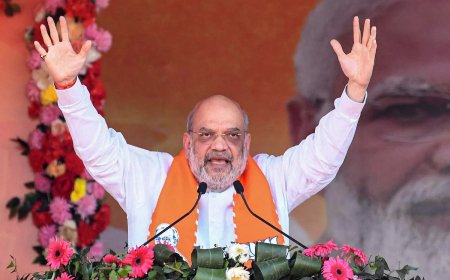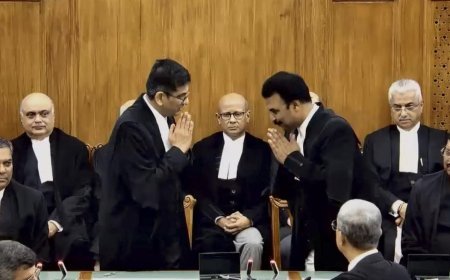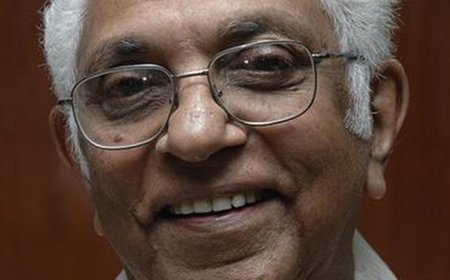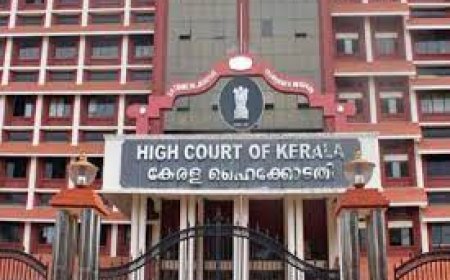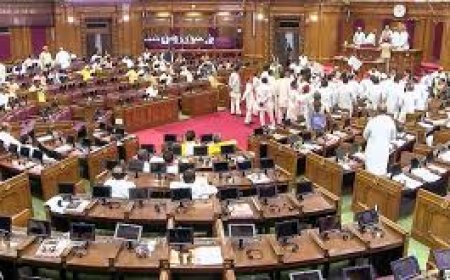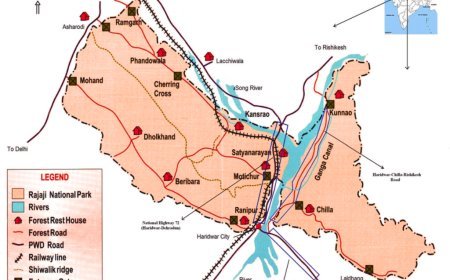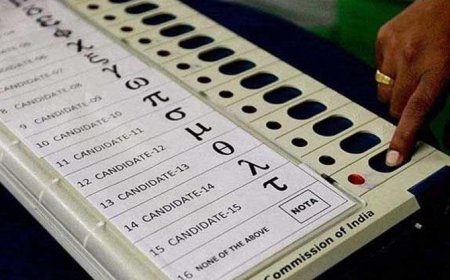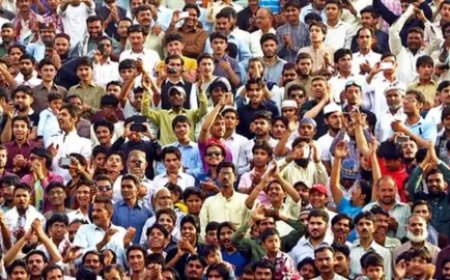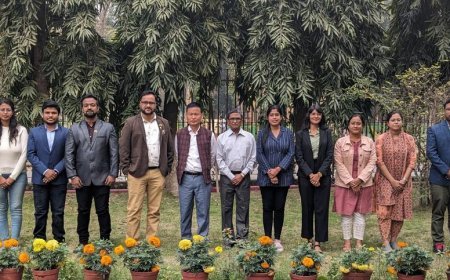MCQs on The Hindu Editorial: No population Census — in the dark without vital data dated 10 August 2024

MCQs on The Hindu Editorial: No population Census — in the dark without vital data dated 10 August 2024
1. Which of the following statements is true regarding the first synchronous census conducted in India?
- A) It was conducted under the supervision of the United Nations.
- B) It was conducted in the year 1872.
- C) It marked the first instance of a decennial census.
- D) It was conducted in different parts of the country non-synchronously.
Answer:
C) It marked the first instance of a decennial census.
Explanation:
The first synchronous census in India was held in 1881, marking the beginning of the regular decennial census in the country. Before this, in 1872, the census was conducted non-synchronously in different parts of the country.
2. Which of the following is NOT a function of the Census as outlined in the article?
- A) Gathering data on urbanization, fertility, and mortality
- B) Providing information on literacy and education levels
- C) Publishing annual economic growth rates
- D) Reporting on Scheduled Castes and Scheduled Tribes
Answer:
C) Publishing annual economic growth rates
Explanation:
The Census is responsible for gathering socio-economic, demographic, and specific data like literacy, education, urbanization, and information on Scheduled Castes and Tribes, but it does not publish annual economic growth rates, which are typically the domain of other government agencies.
3. What significant change was observed in the budget allocation for the Census in the financial year 2024-25 compared to 2021-22?
- A) A reduction from ₹3,768 crore to ₹1,309.46 crore
- B) An increase from ₹1,309.46 crore to ₹3,768 crore
- C) A constant allocation of ₹3,768 crore
- D) A slight reduction of ₹100 crore
Answer:
A) A reduction from ₹3,768 crore to ₹1,309.46 crore
Explanation:
The budget allocation for the Census in 2024-25 was significantly reduced to ₹1,309.46 crore from the ₹3,768 crore allocated in 2021-22, indicating a decreased financial commitment to this crucial exercise.
4. Which of the following is a key reason for the need for up-to-date Census data as highlighted in the article?
- A) To establish new international trade policies
- B) To monitor the success of government schemes accurately
- C) To validate historical population growth trends
- D) To enhance India's GDP calculations
Answer:
B) To monitor the success of government schemes accurately
Explanation:
Up-to-date Census data is crucial for accurately monitoring and evaluating the success of government schemes and programs. Without this data, assessments could be misleading, potentially resulting in ineffective policy decisions.
5. Which of the following statements is correct regarding the Census?
1. The Census provides critical data for the implementation of the Women’s Reservation Act.
2. Census data is essential for generating reliable SDG indicators.
- A) Only 1 is correct
- B) Only 2 is correct
- C) Both 1 and 2 are correct
- D) Neither 1 nor 2 is correct
Answer:
C) Both 1 and 2 are correct
Explanation:
Both statements are correct. The Census provides data crucial for the effective implementation of the Women’s Reservation Act and is also essential for generating reliable Sustainable Development Goal (SDG) indicators.
6. What could be a potential consequence of not conducting the Census on time, as suggested in the article?
- A) Increased unemployment rates
- B) Misrepresentation of demographic changes
- C) Overestimation of literacy rates
- D) Delayed economic reforms
Answer:
B) Misrepresentation of demographic changes
Explanation:
Delaying the Census can lead to misrepresentation of demographic changes, affecting the reliability of data used in various surveys and, consequently, the formulation and implementation of policies based on such data.
7. Why is a caste census considered important for administrative purposes?
- A) To assess the economic growth of different regions
- B) To plan and allocate resources based on socio-economic status
- C) To monitor international human rights standards
- D) To track population growth rates
Answer:
B) To plan and allocate resources based on socio-economic status
Explanation:
A caste census is crucial for planning and allocating resources effectively based on the socio-economic status of different caste groups, enabling targeted development programs and policies.
8. Which of the following best describes the role of the Census in relation to Sustainable Development Goals (SDGs)?
- A) It provides annual growth projections.
What's Your Reaction?









